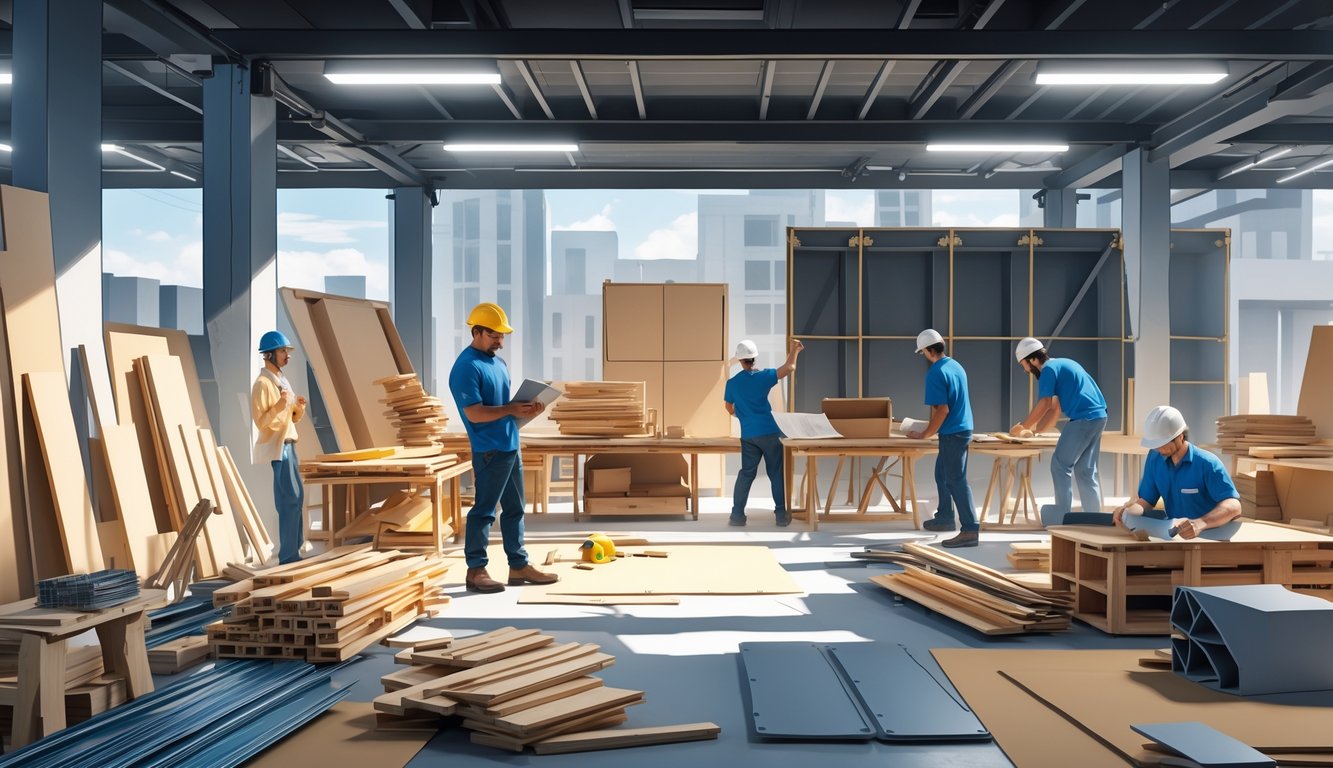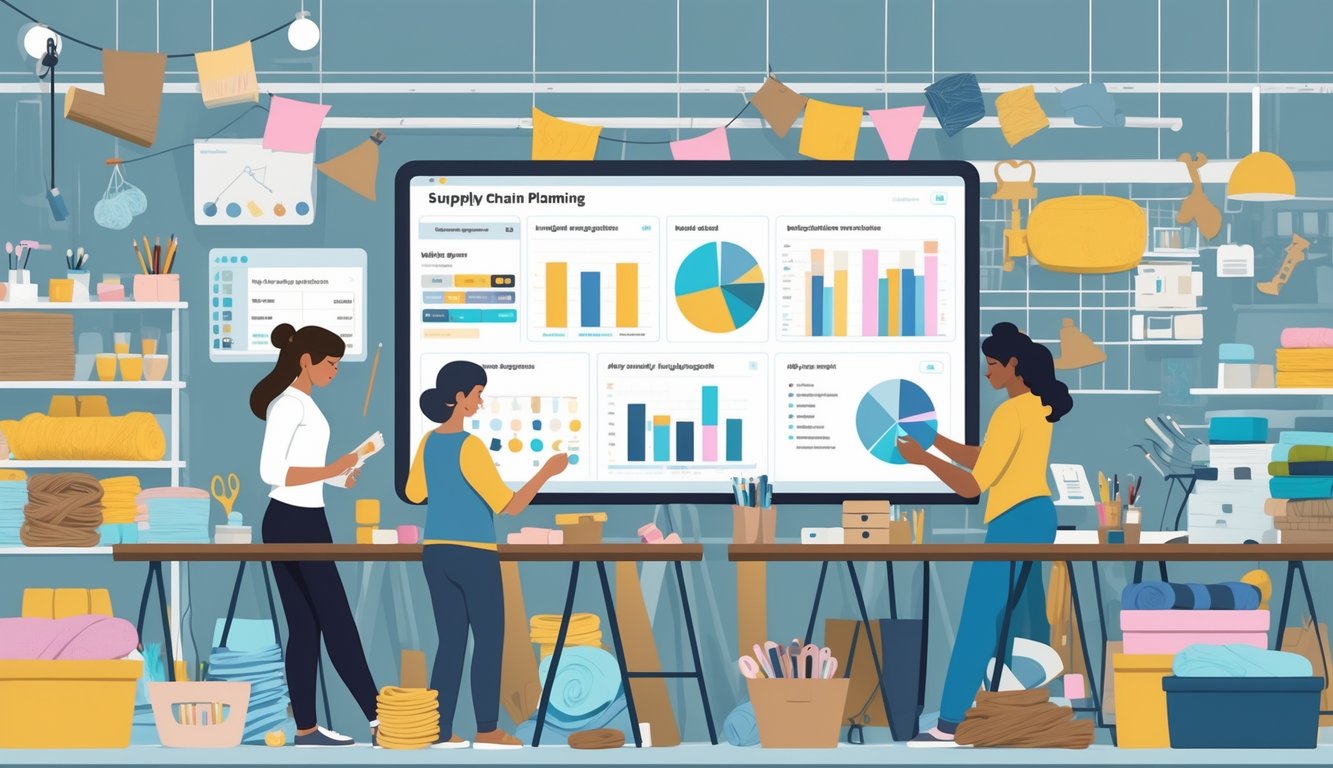
Emerging Trends in Material Substitution
By Tuesday, I had three webinar invites about material substitution and five emails pushing bioplastics, hybrid woods, whatever. Swapping out old favorites started as a last-ditch effort, now it’s just routine. Building materials from agricultural waste or e-waste keep popping up in trade magazines. I tried flex-seal tin once, it worked until humidity ruined everything. Spreadsheets never mention humidity.
Top designers talk about “embracing the possible,” but meanwhile, nickel specs change mid-order and recycled metal is anyone’s guess. Labs are cranking out bio-sourced alloys; Sika did a whole R&D pivot because their old supply chain imploded. Lots of buzz, not much predictability. Miss one spec, miss your deadline.
And nobody agrees on test standards, but everyone wants you to gamble on the latest “miracle” material. My soldering iron doesn’t care where your nickel came from. Meanwhile, someone’s making tables out of banana peels, and I can’t even find tin that isn’t backordered.
Construction Industry Lessons for Crafters

Empty shelves, frantic restocks, everyone acts shocked—like this wasn’t inevitable. Construction projects fall apart over missing materials, and suddenly I’m googling “rebar alternatives” and “is this glue still legal?” There’s almost a pattern, if you squint.
Impacts of Shortages on Construction Materials
Here’s what’s driving me up the wall: late shipments, wild prices. Construction doesn’t “adjust,” it just explodes the calendar. One week it’s steel, next week it’s timber—RICS Journal says post-pandemic demand spikes made cement a collector’s item. Nobody warns you your build is stalled because lumber’s floating off Rotterdam.
Anyone in supply chain management is basically playing roulette—strikes, fuel issues, “pingdemic,” whatever. Meetings get derailed by news about rising costs (oh look, 1.25% more for National Insurance). It doesn’t matter if you’re pouring concrete or just trying to finish a quilt—delays eat at your sanity.
Throw in custom product lead times, procurement teams rewriting spreadsheets, and suppliers randomly canceling orders. “Just in time” is a joke. Sometimes I wonder if we’re all just pretending this is under control.
Creative Solutions from Construction Supply Chains
Alright, so here’s the thing: I’ve watched companies ditch their usual materials and just, I don’t know, improvise with stuff you’d never expect. Recycled plastics for sheet goods? Sure, why not. Manufacturers acting like they’ve got a doomsday clock ticking, pushing R&D into overdrive. That UK construction media explainer pretty much lays out how desperate everyone’s gotten—nobody wants a half-finished job eating away at their bank account.
Want an actual tip? Sometimes you just grab whatever timber’s left, slap on a few more finish coats, and cross your fingers the inspector’s in a forgiving mood. But real innovation? That only happened when entire industries realized, “Oh, we’re not getting our regular stuff, are we?” I literally saw a team cobble together a frame from steel scraps and leftover cross-laminated wood. Project didn’t collapse. Miracles do happen.
You’d think there’s a magic spreadsheet for material swaps, but no. It’s group chats blowing up, frantic vendor roulette, and last-minute production tweaks that make zero sense on paper. And even after all that, you’re mostly chasing rumors about phantom shipments or betting on whether the next truck will even show up. Sometimes just getting a delivery feels like you hit the jackpot. (Not that I ever have.)
How Supply Chain Planning Can Help Crafters Cope

It’s always the same: one week, linen thread’s everywhere, next week, it’s a mad scramble for raffia and nobody knows why. There’s no cosmic “stock is low” warning, just sudden chaos when your order’s delayed and every Etsy seller you know is panicking. How am I supposed to plan when my last three suppliers send copy-paste “unprecedented disruption” emails? If risk management is just ghost-hunting, fine—I’ll stay paranoid and keep tabs on every last skein, because at least then I know exactly what’s about to disappear.
Inventory Management During Material Shortages
Honestly, keeping stock sounds easy until you’re staring at empty bins and two people want the same color cord. My spreadsheet? Total joke. Manual updates are a nightmare. After a couple backorders and a desperate group chat about yarn substitutes, I caved and tried some cloud-based inventory thing that actually updates itself (mostly).
Some “expert” at TraceLink convinced me to check not just what’s finished, but also how long stuff takes to arrive and who else might sell it. Turns out, “identical” acrylic beads aren’t actually identical. If I have to swap to bulk packs or random small-batch sellers, I want something warning me if a color’s about to run out for a week. Tables are fine, but nothing—seriously, nothing—prepares you for a burst pipe in July flooding your storage. And sure, auto reorders save me from panic-buying at 3 a.m., but it’s wild how “just-in-time” really means “maybe-in-three-months-if-you’re-lucky.”
The Importance of Contingency Plans for Material Sourcing
Contingency plans? Ha. Ever messaged six people at midnight because your wool supplier just “consolidated partners” and now the only option is buying double at quadruple the price? Most “risk management” advice is just “get more suppliers,” but nobody tells you what to do about payment terms or minimum orders that make no sense.
I do color-code my risk grids, not gonna lie. Real-time platforms like this one send me pings for price hikes and shipment delays, but the best trick I stole was setting up alerts for literally everything. Some consultant at a crafts expo said the fastest recoveries happened with people who mapped out “Plan B” and “Plan C” contacts and locked in flexible contracts—supposedly swapping out 20% of their core supplies for easier stuff cut downtime in half. Maybe. I haven’t seen those numbers myself.
Nobody warns you that your backup mill’s phone number will change and your “contingency plan” is toast. It’s not glamorous, but neither is telling regulars you’re backordered again. Risk management: part prepping, part luck, and a dash of paranoia. Otherwise, you’ll forget what’s actually in stock, what’s promised, and what’s just never coming back.



